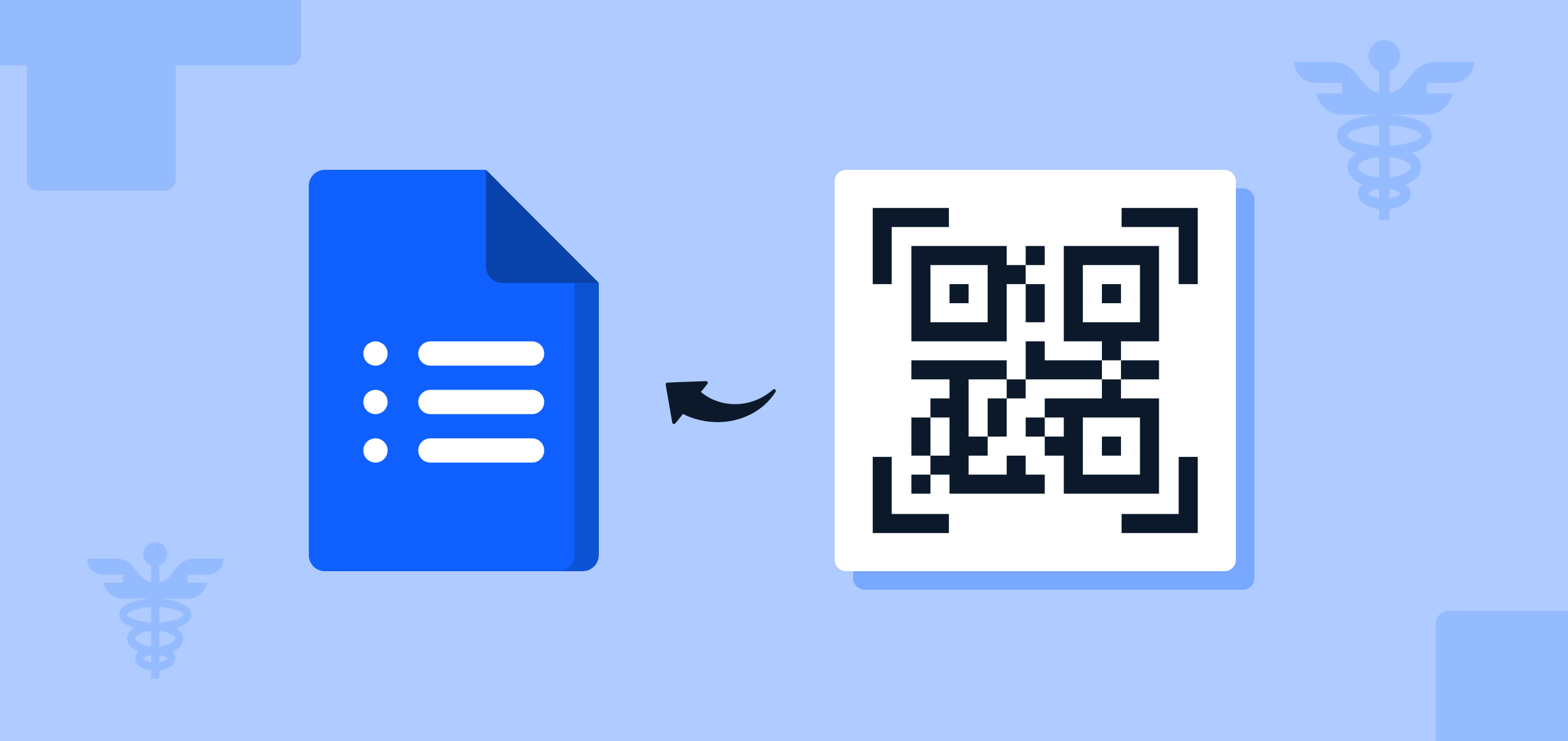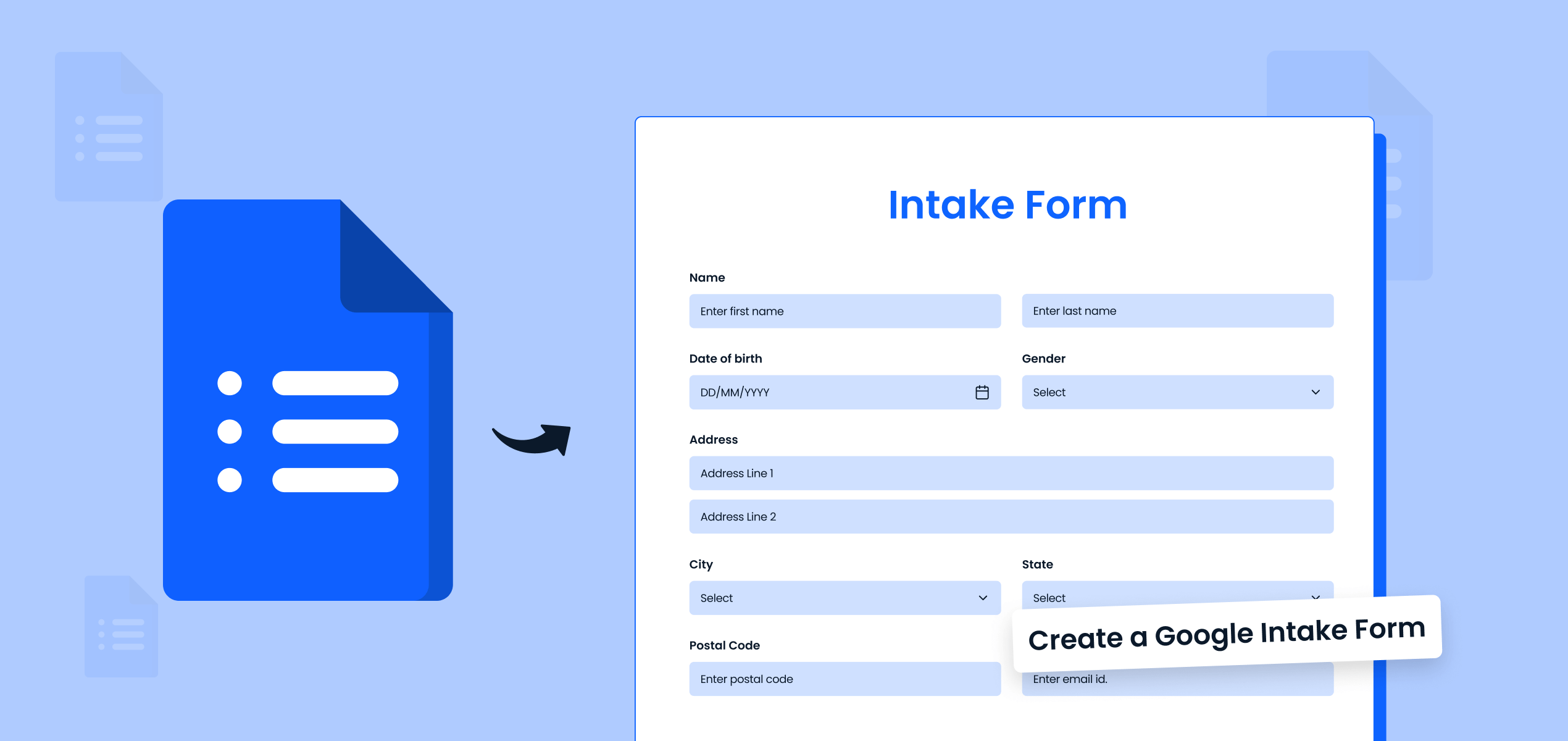Whether you’re managing event registrations, collecting feedback, or handling patient information, a QR code to your Google Form can seriously streamline the process by allowing easy access with just a simple scan.
In this blog, we guide you through the steps of creating a QR code for your Google Form, exploring the benefits and also show you how easy it is to generate a QR code for a MakeFoms form! First, let’s begin by understanding what exactly is a Google Form QR Code.
What is a Google Form QR Code?
We’ve all seen many many QR codes, they’re machine-readable pixelated barcodes that can be read using a smartphone camera. It opens and redirects you to URLs or other information digitally. These QR codes are generally used for connecting online and offline documents and material, like PDFs or company website links or forms. They can be digital or printed. To read all types of QR codes, all one needs is a smartphone, because they all have in-built QR code-reading technology.
A Google Forms QR code is nothing but a QR code that is connected to a Google survey or form used for collecting responses. So all your customer will have to do is scan a QR code and get redirected to your Google Form.
A Step-by-step Guide on creating a Google Form QR Code
Want to create QR codes for your organization’s Google Forms? It is easier than you think.
QR codes can be created using a QR code generator. Here’s a step-by-step guide that’ll guide you to generate QR code.
Step 1: Open Google Forms
Step 2: Create or choose form & tap on send
Step 3: Next, you can copy the form link
Step 4: Go to a QR code generator platform and paste the copied link
Step 5: The QR code will be created once you click on Create the QR code
Step 6: You can now finally save and download your QR code image
Benefits of Creating a Google Form QR Code
- Minimizes manual typing errors
Displaying lengthy URLs to your forms on printed materials makes it nearly impossible for someone to type it in correctly. However, when you convert the link into a QR code, you make your Google Form easily accessible with a simple scan. - Enhances Space Efficiency
QR codes take up minimal space, this allows you to include more information or design elements without cluttering your layout. - Highly Versatile
QR codes can link to basically any online content, not just forms but also websites, contact information, app downloads, social media profiles, or even payment gateways. - Tracking and Analytics
Many QR code generators offer tracking features, allowing you to monitor how many times the code was scanned, where it was scanned, and on what devices. This data is very useful for analyzing the effectiveness of your form opens! - Secure and Encrypted
QR codes are also very safe to share, which means it can also be used to securely share encrypted information which can only be accessed by authorized users. - Offline to Online Integration
QR codes bridge the gap between physical and digital spaces, making it super easy to connect offline audiences to online content. So, you can simply place a tent card or a poster at your physical location with a link to a Google Form.
Google Form QR Code Types – Static or Dynamic
What kind of QR code should you use for your Google Form? Well there are 2 types of QR codes – Static and Dynamic, each with different characteristics. Let’s go through which type of QR code will suit your purpose.
Static QR Code
- Fixed URL: A static QR code contains a fixed URL that directly links to your Google Form. Once created, the URL embedded in the QR code cannot be changed.
- No Tracking: Static QR codes typically do not allow for tracking or analytics, so you won’t be able to see how many times your Google Form QR code was scanned or gather any user data through the code itself.
- Cost-Effective: Static QR codes are usually free to generate using most QR code generators.
Dynamic QR Code
- Editable URL: A dynamic QR code is editable, allowing you to change the URL or destination even after the QR code has been generated. This flexibility is useful if you need to update the form link or redirect users to different content in the future.
- Tracking and Analytics: Dynamic QR codes usually come with tracking features which is great for determining how many people scanned the code to reach your Google Form, when, and where they were when they scanned it.
- Cost: Dynamic QR codes often require a subscription or a one-time fee since they offer additional features like URL editing and analytics.
Verdict: If you want a simple, cost-free QR code for a Google Form that doesn’t require tracking or future changes, a static QR code is sufficient. However, if you need flexibility and analytics, a dynamic QR code is the better option for you.
Generating QR Codes for your MakeForms’ Forms
To create a QR code for your form using MakeForms, follow these steps:
1. Build and Design your form

Create a Standard Form or a One-at-a-time form using ready MakeForms templates, AI, or from scratch using our drag and drop form builder. Use our design features to customize your form to your brand.
2. Publish

Hit the blue button on the top right to publish your form!
3. Sources

Once you publish, you will see your form link ready to be shared. Next to it there is ‘QR code’ icon which is clickable. Simply click it and download your QR code.
4. Share your Form QR Code

Once generated, download the QR code and start sharing it with your audience on flyers, posters, or visiting cards!
Why Choose MakeForms Forms over Google Forms?
If you’re already a Google Forms user, you should definitely consider using MakeForms because it offers a more robust, customizable, and secure solution for creating forms. With MakeForms, you’ll enjoy a user-friendly interface that simplifies the process, high-quality output with multiple format options, and the ability to customize your QR codes to match your branding. Also, we ensure the security and reliability of your Form URL, along with offering extra tools for enhanced form management and data collection.
FAQs
Yes, if you use a dynamic QR code, you can update the linked URL even after the QR code has been printed or shared.
Yes, creating a static QR code is usually free. However, dynamic QR codes and additional features may require a paid service.
No, most smartphones have built-in QR code scanning capabilities through their camera apps.




